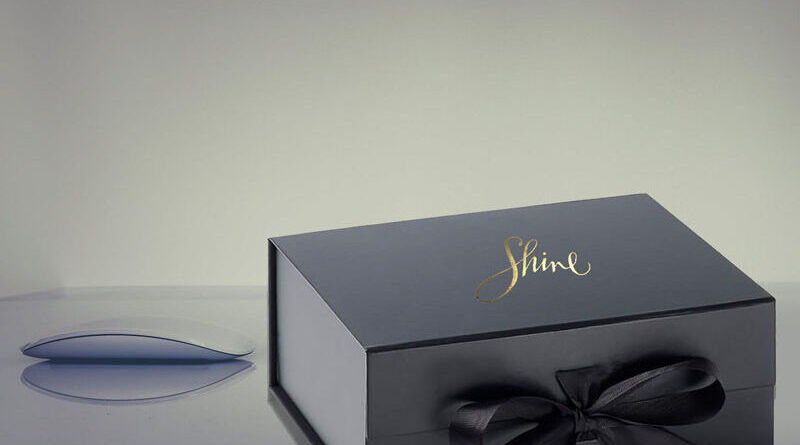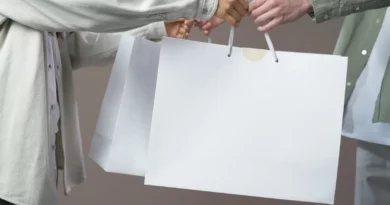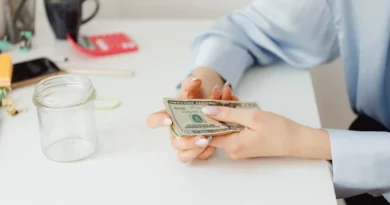Rigid Cardboard Packaging
Rigid cardboard packaging is a versatile material that can be used in a variety of applications. Its durability and flexibility can make it a cost-effective solution for many businesses. But it also requires a lot of attention to detail.
Durability
Rigid cardboard packaging is a durable form of packaging that provides long-term preservation of your products. It also helps you build a strong brand image. The box can be customized to make it more visually appealing.
Rigid boxes are made of heavy paperboard materials. They are also known as high-end packaging, and they can provide the best protection. In fact, most of the world’s leading brands prefer to use them for their products.
Rigid boxes are available in a variety of sizes and shapes. You can also have custom printed rigid boxes. These come in different patterns, colors and designs. Aside from the traditional kraft color, you can have embossed images, textured surfaces and other unique features.
Rigid boxes are great for small and medium sized products. But, they may not be the right choice for larger items. Larger boxes may break when you fold them, and their edges can be ripped.
Some of the better rigid boxes are laminated. This type of box is made from 100% recyclable material, and can withstand plenty of wear and tear.
Laminated Cardboard boxes are also eco-friendly. Cardboard is one of the least environmentally damaging materials. And, because it is sturdy, it is easy to recycle.
However, if you are looking for a more cost effective option, you can also opt for folding cartons. Folding cartons are more durable than rigid cardboard boxes, and can be easily resealed if the package gets damaged.
Although rigid box packaging may not be the cheapest way to ship your products, it is a great way to preserve your goods. Because it is heavy and sturdy, it will prevent damage and ensure safety. Plus, it is easier to carry around.
In addition to being durable and durable, rigid packaging can be a great way to give your product a luxury look. Many retailers choose to add a rigid box to their product line because it is a nice touch that will enhance the look of their products. Also, if you have a product with delicate details, you will want to invest in a rigid box.
Flexibility
The market for flexible packaging is rapidly growing, and there are many advantages to choosing this type of packaging. It is lightweight and easily customizable. However, there are some things to keep in mind before you choose the right type of packaging for your products.
Most of the time, flexible packaging is made with plastic polypropylene. These materials offer a lighter weight and a lower carbon footprint. They are also recyclable.
Rigid containers are also heavier than flexible ones, and can be more expensive. However, they are easier to store and have higher shelf life. Some types are designed to have removable lids. This makes them more convenient for the consumer. In addition, they usually come with spouted closures.
Flexible packaging can be made from a variety of materials, including paper, plastic, metals, and glass. In fact, it is one of the most versatile forms of packaging available. Depending on the material, it can be printed, molded, or folded.
A number of different household items are being manufactured in flexible packaging. For instance, milk, bread, and frozen foods are packaged in pouches. Similarly, nutritional supplements Cardboard are often packed in stand-up pouches.
Moreover, the cost of manufacturing flexible packages is significantly lower than that of rigid ones. As a result, the manufacturers enjoy cost savings. During the production process, energy is also saved. Because of this, the flexible packaging market is growing faster than the rigid packaging market.
The main advantages of flexible packaging are convenience, cost efficiency, and sustainability. However, it can get wrinkly, dented, or punctured. If this happens, it can lead to product spoilage.
Although there are benefits to both flexible and rigid packaging, the convenience of flexible packaging is a big draw for consumers. Consumers are looking for items that are easy to store, transport, and reseal. Many containers are designed with reclose features that allow for extended freshness.
While rigid cardboard packaging Cardboard is better for expressing high-end products, flexible boxes are more suitable for value products. Moreover, they are easy to recycle.
While most grocery stores still have a number of tin cans on their shelves, there are many brands of all sizes making the switch to flexible packaging. There are also many new innovations in the market that are demonstrating the true potential of flexible packaging.
Repurposing
Repurposing rigid cardboard packaging can be a great way to save money while also protecting your product from damage. Rigid boxes are a popular choice for storing and shipping delicate items, and can offer an elegant, high-end touch.
Unlike folding cartons, rigid boxes don’t fold flat. They are usually made from sturdy paperboard, and can be overlaid with exotic foil or embellished paper to add a special touch. The result is a sleek, elegant box that looks like it was crafted just for you.
Rigid boxes can be a lot of fun to design and use. Many of them have unique closures and structural designs. Other options include pull drawers and magnetic closures.
Rigid cardboard packaging can be reused, and you can even recycle it. You can find it in stores and online. It’s easy to recycle, and it doesn’t require rinsing or sorting.
Recycling cardboard is an excellent idea, because it is both recyclable and biodegradable. You can even use it for playtime or to build a fort.
There are many different ways to repurpose rigid cardboard packaging, including using it as storage containers for your products. In fact, many consumers repurpose their boxes after purchasing them.
Repurposing can be as simple as recycling a bottle for a new use. Some businesses even repurpose electronics, like computers, into new tasks. However, this type of activity isn’t always inexpensive. If you’re a large manufacturer, repurposing can be a great way to reduce your material costs.
While it may seem that the best alternative to recycling cardboard is to repurpose it into a new item, it’s not the case. Plastic takes hundreds of years to decompose, and it isn’t renewable.
Repurposing can be a smart way to protect your products, create a sense of prestige, and increase engagement with your customers. But before you jump into repurposing, you should make sure it’s a good idea for your business.
You’ll want to choose high-quality printing for your rigid packaging. That way, your brand will look professional and trustworthy. Having a well-designed package is just as important as the contents inside it.
Cost
There are several factors that affect the cost of rigid cardboard packaging. Some factors include the materials used, the design, and the quantity ordered. It is essential to shop around before making a final decision on a packaging option.
The rigid box market has two main types of boxes. One is the simple rigid box, which is ideal for short-run orders. However, more complicated designs are more expensive.
This type of packaging is generally used for fragile items. A rigid box has high impact resistance. Rigid packaging is also a great way to increase the value of your products. In addition, it gives a more professional impression.
A rigid box is made from a thick paperboard. It is generally 36-120 points thick. Chipboard is another common material used. Standard chipboards can be bought in bulk, which means that production is more efficient.
These types of boxes can be purchased from online stores. Some companies also offer customized rigid boxes. If you want to get a custom rigid box, be sure to ask for samples.
When buying custom rigid boxes, it is important to consider the quality of the printing. Usually, it is better to get a digital print than an offset print. Digital prints are less expensive than offset printing.
Another factor that impacts the cost of rigid cardboard packaging is the paper. A higher quality paper can be more expensive. Papers such as C2S coated paper are often more affordable. But you can also use kraft paper to add a little cushioning to your products.
Some other options to consider are lining interiors, embellished paper, and ribbon. You can also choose to add a resealable lid. Printed tissue paper can be used to finish off your gift ready packaging.
The packaging industry has undergone major changes in recent years. Consumer preferences have shifted away from metal to plastic, and a growing number of end users are opting for more durable, eco-friendly materials. Moreover, the consumption of packaged food and beverages is on the rise in developed countries.
Custom rigid boxes are more expensive than folding cartons. However, they offer a luxury look that will attract customers. Many companies are offering these boxes in different colors and structural formats.
Visit our site: Infowars




